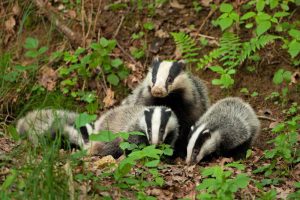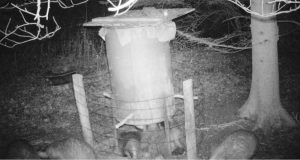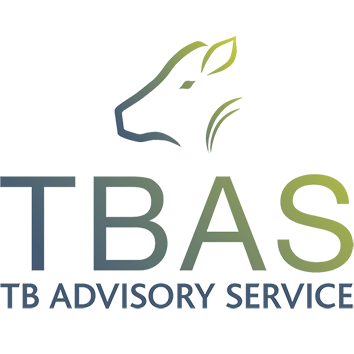 Cattle keepers in England are already benefitting from specialist advice on building resilience to bovine tuberculosis (bTB), through the TB Advisory Service launched in October. The service, which is fully-funded by Defra through the Rural Development Programme for England (RDPE), is available to farmers in the High Risk and Edge areas of England and provides bespoke advice on biosecurity and the risks associated with cattle movements and trading.
Cattle keepers in England are already benefitting from specialist advice on building resilience to bovine tuberculosis (bTB), through the TB Advisory Service launched in October. The service, which is fully-funded by Defra through the Rural Development Programme for England (RDPE), is available to farmers in the High Risk and Edge areas of England and provides bespoke advice on biosecurity and the risks associated with cattle movements and trading.
The TB Advisory Service aims to help maximise farm biosecurity and minimise risks associated with cattle movements, according to technical director, vet Phil Elkins. “There are many practical ways to reduce risks or impact of bTB,” he says. “On a bTB-free unit, advice will focus on helping keep it that way. For farms under bTB-restrictions, guidance will include trading options and steps to prevent repeated re-infection. On every farm, the advice will be specific to that business and its unique local environment.”
So far, over 50 farmers have received advice from experienced consultants – either by telephone or during a bespoke, on-farm visit. Sarah Tomlinson, one of the advisers and a member of the service’s Technical Board explains more. ‘Whilst there is a wealth of general information available on websites such as the TB Hub, farmers often want to know how this applies to their specific circumstances. If the issue relates to rules and regulations around trading, for example, we can often provide advice during a telephone call. For more complex questions, where the farmer wants to discuss a number of issues, an advice visit may be more appropriate.’
Advice visits typically take around two hours to complete, with the adviser spending some time looking around the farm and buildings, and then completing a structured questionnaire with the farmer. The adviser will then make a number of recommendations to either reduce the risk of TB entering the herd, or to reduce the impact of the disease for farms already under restriction.
Holly Shearman, who manages the TB Advisory Service, added ‘The farmer will receive a written report from the Advice Visit, which will include all the data collected during the visit, along with the recommendations. We hope that farmers will share the report with their own veterinary surgeon, who will be able to provide ongoing help and advice to further reduce the risk and impact of TB on their businesses. Private Veterinary Surgeons are uniquely placed to offer this ongoing advice and support to their clients, to help build resilience not only to TB, but also to other endemic diseases in cattle. Each farmer will be contacted around six months after their advice visit, to find out how they are doing.’
Findings so far…
 For many farms that have taken part in the project, the threat of TB-infected badgers transmitting disease to cattle has been a major concern. In these situations, recommendations have focussed on actions farmers can take to reduce the risk of badger-to-cattle contact. In the first instance, however, it can be useful to install a wildlife or trail camera, to determine the level of badger activity.
For many farms that have taken part in the project, the threat of TB-infected badgers transmitting disease to cattle has been a major concern. In these situations, recommendations have focussed on actions farmers can take to reduce the risk of badger-to-cattle contact. In the first instance, however, it can be useful to install a wildlife or trail camera, to determine the level of badger activity.
This was a real eye-opener for one farmer, who installed a camera trained on a pheasant feeder located on a field margin. ‘We have a small shoot on our land and feed wheat through a typical feed hopper. After installing the camera, we realised badgers were using it as a feed source and could easily get through the stock fence we had put up. One image caught on the camera shows six badgers in and around the feeder.’
There are many simple, practical things that farmers can do to reduce badger-to-cattle contact, including sheeting gates to buildings, fencing off badger latrines in fields and raising up mineral licks, so that badgers can’t access them.
Buying in cattle is another significant risk for bringing TB onto your farm, but again, there are a number of things farmers can do to reduce the risk. Whilst being a truly ‘closed herd’ is the gold standard from a disease perspective, many farmers will still have to buy in young bulls occasionally. ‘Here, using resources such as the ibTB website to look at the potential risk of buying in stock from a certain area can reduce the risk, whilst isolation and post-movement testing may also be considered’ added Sarah Tomlinson.
The full article can be downloaded here

